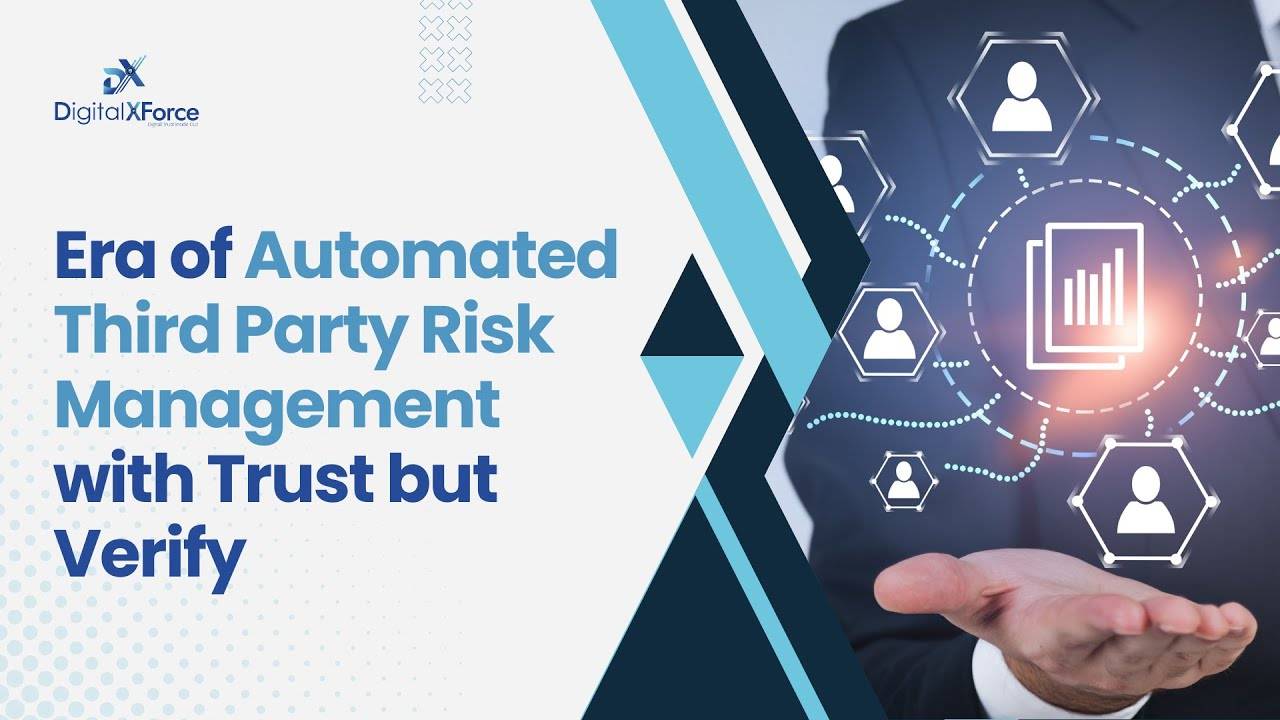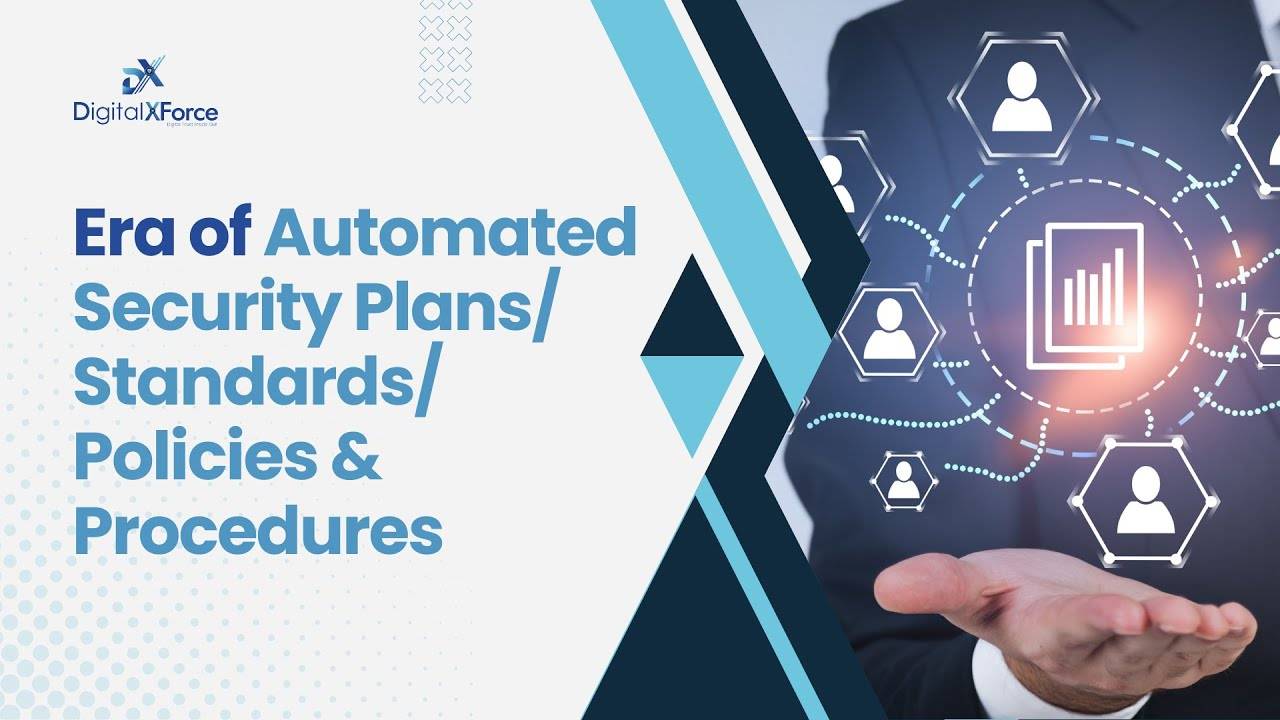How DigitalXForce Helps

DigitalX Profiling & Integration
Employ automated and manual scanning procedures and techniques to recognize and evaluate digital assets and tools.- Attack Surface Management & Asset Inventory
- What is Attack Surface Management & Asset Inventory?
- How DigitalXForce Executes
DigitalXForce provides AUTOMATED, CONTINUOUS, REAL TIME Security Risk Management through Digital Asset & Attack Surface Inventory, Security Tool Integration, Regulatory Controls Mapping, Risk Quantification & Prioritization, & Remediation with End-to-End Visibility, Governance, Analytics & Reporting and Security Blueprint.
Attack Surface Management (ASM) and Asset Inventory are crucial practices that help organizations protect their IT infrastructure from cyber threats. ASM involves identifying and reducing potential entry points for attackers by examining hardware, software, and network configurations. Asset Inventory engages in keeping track of all IT assets to identify vulnerabilities. Organizations can ensure better protection against potential cyber threats by conducting both practices.
- Conduct regular security audits to identify vulnerabilities in the IT infrastructure.
- Keep an inventory of all hardware and software assets up-to-date, including servers, workstations, laptops, mobile devices, network devices, and software applications.
- Utilize automated tools to help identify vulnerabilities and streamline the inventory process.
- Develop security protocols and best practices for the employees, including regular software updates ensuring all devices are secure.
- Perform regular testing to identify vulnerabilities and weaknesses in the IT infrastructure.
Integrate security tools with DigitalX to maintain strong security posture
Maintain a strong security posture and reduce the risk of cyber attacks by consolidating security information into a single interface. Security tool integration involves integrating various security technologies such as firewalls, anti-virus software, vulnerability scanners, intrusion detection and prevention systems, and SIEMs to provide a comprehensive security approach for an organization.
- Integrate different security tools to enhance threat detection capabilities, enabling faster and more precise identification of potential threats and vulnerabilities.
- Security tool integration enables streamlined incident response, allowing security teams to react swiftly to security incidents through a unified interface for monitoring and responding to alerts.
- Consolidate security information into a single interface to reduce its complexity.
- Security tool integration saves costs by reducing the need to purchase and maintain multiple security tools.
DigitalX Risk Analysis & Prioritization
Quantify Digital Risk and create prioritization strategy based on severity, risk, and threat intelligence- Real time and Continuous Control Analysis
- What is Real time and Continuous Control Analysis?
- How DigitalXForce Executes
Get continuous real-time protection from security threats with DigitalX
The combination of real-time and continuous analysis provides a comprehensive approach to cybersecurity that improves the overall security posture and reduces the risk of cyberattacks. Real-time analysis involves monitoring network traffic, system logs, and security events to detect and respond to incidents and potential threats quickly. Continuous analysis involves regular monitoring of security controls to identify and remediate vulnerabilities and ensure compliance.
- Measuring system performance for real-time control analysis
- Collecting data on system performance
- Identifying problems or anomalies
- Analyzing system performance data to identify trends or patterns
- Making adjustments to improve system performance
- Risk Quantification & Prioritization
- What is Risk Quantification & Prioritization?
- How DigitalXForce Executes
Evaluate potential risks and develop a strategy to allocate resources effectively with DigitalX
Risk quantification and prioritization involve evaluating potential risks, assigning a numerical value to prioritize them based on severity, and optimizing resources to address the most critical risks first, reducing the risk of cyber-attacks and other security incidents.
- Improve risk management by quantifying and prioritizing risks to manage the risk exposure and allocate resources to address the most critical threats
- Better decision-making with data and insights to make informed decisions
- Increased accountability for addressing the most critical risks
- Resource optimization by prioritizing risks to allocate resources effectively, ensuring that resources are directed towards the most critical threats.
- Compliance with industry standards and regulations.
- Compliance with Security Posture Management
- What is Compliance with Security Posture Management?
- How DigitalXForce Executes
Effective security posture management with DigitalX by establishing and overseeing security controls, policies, and procedures
- Conduct periodic vulnerability assessments
- Establish incident response plans
- Implement multi-factor authentication
- Monitor user behavior
- Engage with third-party providers
DigitalX Integrated Risk Management & Remediation
Integrate with Security Management tools and processes for timely and controlled fashion, mitigate and/or create controls to monitor exceptionsStrategically prioritize corrective efforts with DigitalX to address critical security risks
Risk remediation planning addresses identified risks in the IT infrastructure of an organization. It involves developing a comprehensive plan to implement controls and mitigation measures, enhancing the security posture and reducing risk exposure.
- Identify and prioritize the most critical risks for remediation
- Select appropriate technical, administrative or physical controls to address the identified risk
- Implement selected controls according to the remediation plan
- Test the effectiveness and workability of the implemented controls
- Continuously monitor the controls to ensure they remain effective and address the identified risks
- Periodically review the remediation plan to ensure it remains up-to-date and effectively addresses the current risk landscape
- Proactive security to stop preventable breaches
- What is Proactive security to stop preventable breaches?
- How DigitalXForce Executes
Implement DigitalX strategies to prevent security breaches
- Conduct a comprehensive risk assessment
- Implement access controls
- Regularly update software and security patches
- Monitor network traffic
- Implement intrusion detection and prevention systems
- Conduct regular security training
- Security Policy Review and Development
- What is Security Policy Review and Development?
- How DigitalXForce Executes
Evaluate and update security policies with DigitalX
- Review existing policies to identify improvement areas
- Conduct a gap analysis to identify areas in the organizational policies that fall short
- Develop and update policies to address identified gaps and improve the organization’s security posture
- Communicate the policies with stakeholders and provide employee training
- Monitor and enforce the policies
- Security Management & Operations Plan Review and Development
- What is Security Management & Operations Plan Review and Development?
- How DigitalXForce Executes
Evaluate and update with DigitalX to improve security posture and reduce risk exposure
- Review the existing plan to identify improvement areas
- Conduct a gap analysis to identify areas in the organizational plan that fall short
- Develop and update a plan to address identified gaps and improve the organization’s security posture
- Communicate the plan with stakeholders and provide employee training
- Implement and monitor the plan
DigitalX Risk Analytics & Reporting
Generate metrics and compliance reports with a prioritized roadmap for improving security posture and meeting regulatory requirements- Security Risk Assessment & Compliance Reporting
- What is Security Risk Assessment & Compliance Reporting?
- How DigitalXForce Executes
Identify security risks with DigitalX and maintain security posture
Conduct a security risk assessment and compliance report to identify an organization’s security risks and ensure compliance with relevant regulations to reduce risk exposure and proactively maintain a strong security posture.
- Examine organizational infrastructure, applications and policies to identify security risks
- Assess the likelihood and impact of each risk to determine overall risk exposure
- Prioritize risk based on likelihood and impact to focus on mitigating crucial risks first
- Draw up compliance report detailing industry standards and regulatory requirements, policies, procedures and security controls
- Develop a mitigation plan to mitigate identified risk
- Board Level KPIs / KRIs / Reporting
- What is Board Level KPIs / KRIs / Reporting?
- How DigitalXForce Executes
Track key performance and risk indicators with DigitalX Board Dashbook
Board-level KPIs/KRIs enable effective oversight of an organization’s security posture and risk management strategies by tracking key performance and risk indicators.
- Generate reports on the latest security threats and vulnerabilities
- Prepare metrics dashboards with visual representations of key security metrics such as time taken to detect, respond, and recover from security incidents
- Compliance reports on industry standards and regulatory requirements
- Metrics on overall security posture, including the effectiveness of security controls and the level of risk exposure
- Generates reports on security metrics changing over time, providing insight into the effectiveness of security programs and highlighting areas that require further attention
Develop a security blueprint with DigitalX Board Dashbook
- Assess current security posture, with risk and vulnerability analysis
- Design a security architecture that aligns with business objectives, risk profile and compliance requirements
- Implement security controls, processes and technologies to protect assets and information
- Regular testing of security controls and incident response procedures
- Continuous maintenance and review of the Security Blueprint to ensure that it remains effective
Implement DigitalX strategies to ensure critical functions run even while facing disruptions
An organization’s ability to cope with cybersecurity threats or security incidents by implementing measures and strategies that minimize their impact and ensure the continuation of critical operations despite disruptions points to its business resilience. This involves preparing for, responding to, and recovering from such incidents.
- Identify the critical assets and evaluate the potential impact of security incidents on assets
- Establish a security incident response plan in place to ensure critical assets functions can continue
- Establish a business continuity plan in place to ensure operations continue even in the event of a security incident
- Establish a Disaster recovery plan in place to restore systems and data in the event of a major security incident
- Conduct regular tests of the incident response plan and business recovery plan to ensure the effectiveness
- Train employees in best practices for cybersecurity to help prevent incidents and respond effectively
DigitalX Risk Governance
Effective risk governance strategies to optimize risk managementSupport Audit & Compliance
Support audit and compliance involves ensuring an organization complies with relevant regulations and industry standards which helps reduce risk exposure and maintain stakeholder trust to demonstrate their commitment to security and compliance and enhance their overall reputation.
- Identify the regulatory requirements to understand the terms of compliance
- Assess current compliance status by reviewing policies and procedures, conducting risk assessments, and identifying any gaps
- Develop and implement a plan to remediate compliance gaps
- Prepare for the audit by gathering evidence of compliance, preparing documentation, and scheduling the audit
- Lend support to the auditors during the audit
- Follow-up post the audit to address findings and recommendations
Gauge your security return on investment with DigitalX
A Security ROI Calculator evaluates the cost-effectiveness of security investments and measures the return on investment for an organization’s security program. It helps organizations make informed decisions about security spending to maximize value.
- Determine current security costs, including costs of existing security controls and personnel
- Estimate proposed security costs, including the cost of implementing new security controls or increasing the size of the security team
- Estimate potential cost savings incorporating savings from reduced downtime, reduced damage or theft, and reduced costs associated with responding to incidents
- Evaluate incident frequency and cost
- Cyber insurance application support
- What is Cyber insurance application support?
- How DigitalXForce Executes
Land the apt insurance plan with DigitalX
Aid organizations in acquiring a suitable cyber insurance policy that fits their specific requirements and risk profile.
- Evaluate your organization’s cyber risk profile
- Identify potential gaps in cybersecurity defenses
- Make recommendations to improve security posture



